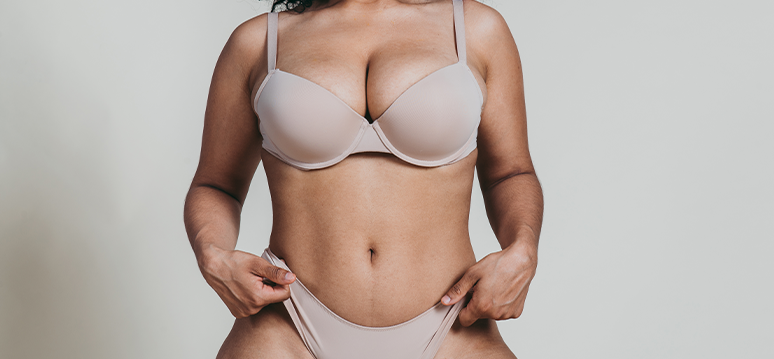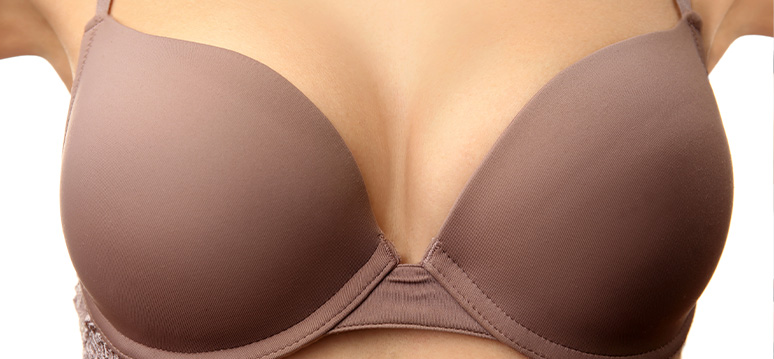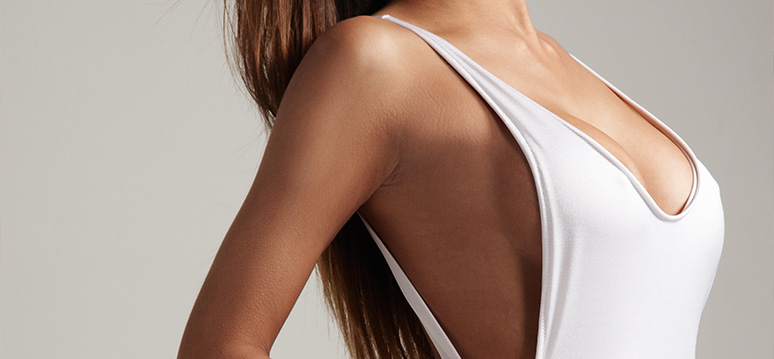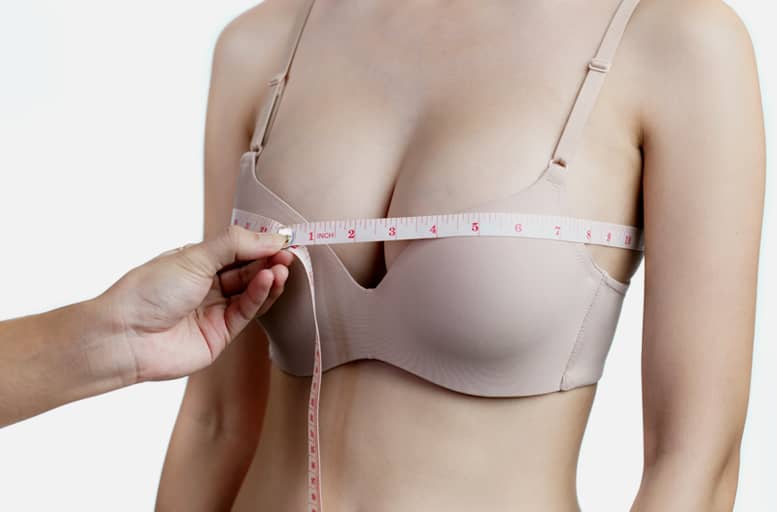A mastopexy or breast lift surgery is usually most beneficial to women who have undergone pregnancy with physical changes. After the baby’s delivery and breastfeeding, the breasts will start to reduce in size and often appear deflated and saggy with a low-positioned nipple.
Fortunately, droopy breasts aren’t something that women have to live with if they don’t want to. The best candidates for this procedure include:
- Those with saggy or breast ptosis with noticeably less substance or firmness;
- Those with pendulous or flatter, elongated breasts, usually with decreased volume;
- Those with nipples that have gone below the breast crease or inframammary crease; and
- Those with asymmetrical breasts.
Combining Breast Lift w/ Other Procedures
With a mastopexy, doctors can restore your breasts’ former perkiness, firmness and reshape them into a look that’s tailored to individual proportions. How exactly can surgeons do this, you ask? Put, surgeons, remove excess skin, tighten and reposition the surrounding tissue to give your breasts better, more flattering silhouettes.
It’s a double-win situation for mom, should she choose to elect for it, as mastopexies are oftentimes combined with breast augmentation to improve the breasts’ upper and lower pole fullness. Because breast size is inevitably changed during a breast lift, implants’ use can result in a more natural and aesthetically pleasing look with more projection and a rounder look.
Learn More About Breast Sagging & Mastopexy
Watch the video to learn more about the degrees of breast ptosis. You may also visit our pages to know more about the different procedures we offer for you.
Different Breast Lift Techniques
In the execution of a lift, you and your doctor can discuss and choose a few different techniques. Incisions depend mainly on the patient’s current ptosis degree (how low the nipple is positioned) and the new look they want to go for. It’s not a one-size-fits-all or all-for-one type of deal with incisions. In general, the lower your nipple is positioned, the more scars are involved in lifting the nipple to the correct location.
The Crescent Incision Breast Lift
For this article, we will focus on the crescent lift utilized for the mildest of ptosis. Patients who qualify for this lift usually only have a small degree of ptosis, meaning their nipple is only slightly off the position where they should be.
For this particular incision, the areola or ring of pigmented skin surrounding a nipple serves as a reference point for your surgeon. Picture a half-circle or, as the name itself suggests, a crescent-shaped piece of skin removed just above the areola. The surrounding skin is then reattached to the areola, now in a higher position. It is important to note that changes are only minimal. A ‘small lifting advancement,’ if you will, for those whose breasts have sagged only slightly. Generally, a crescent lift will only be able to lift a nipple at most 2 cm.
The Scar Formation
No matter who your doctor is or how skilled he/she is, they cannot help the scars from forming. Crescent cuts leave comparatively smaller and less noticeable scars than other cuts, but they’re used only when a slight advancement is needed or preferred. Nipples that are lower positioned will need more incisions to advance the nipple and remove the excess skin. This will be discussed in future articles.










